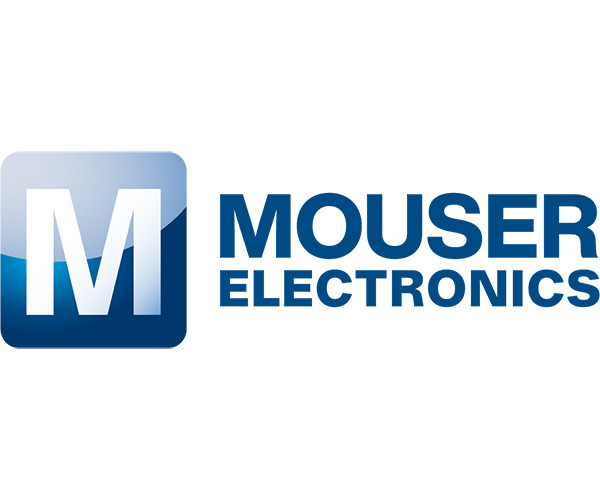New single-board computers faster than Raspberry Pi 3
14-07-2017 |
Mouser Electronics
|
Development Boards
Mouser now offers the powerful X86 single-board computers from UDOO. The open source X86 combines the power of a PC with prototyping capabilities of the Arduino 101 and claims to have a 10 times faster execution time than the Raspberry Pi 3. With the X86, engineers can run a broad range of software, from gaming and video streaming to graphical editors and professional development platforms.
The device comes in four models — BASIC, ADVANCED, PLUS, and ULTRA — all of which are based on 64-bit quad-core Intel® processors. The BASIC is based on an Intel Atom x5-E8000 processor with 2GBytes of RAM. Both the ADVANCED and ADVANCED PLUS run on an Intel Celeron N3160 processor with 4GBytes of dual-channel RAM, while the most powerful model, ULTRA, is based on an Intel Pentium N3710 with 8GBtyes of dual-channel RAM and burst frequency up to 2.56GHz. Both the ADVANCED PLUS and ULTRA models also include 32GBtyes of eMMC storage, and all boards feature an M.2 Key B SSD Slot, M.2 Key E slot for Wi-Fi and Bluetooth 4.0 modules, SATA connector, and Gigabit Ethernet.
The boards offers compatibility with any x86-compatible operating system — including Linux, Windows, or Android — as well as the Arduino 101 IDE, shields, sketches, and libraries. The onboard Arduino-compatible platform is connected to the Intel processor through an internal USB port. Through this design, the Arduino 101-compatible microcontroller can run when the processor is powered off and wake it up when necessary, making the X86 ideal for IoT designs. For additional sensor functionality, engineers can add UDOO BRICKS to the X86. BRICKS work along a cascade configuration and can attach together via I2C connectors and cables using minimal space.
The boards are ideal for prototyping applications requiring multimedia capabilities and high levels of parallel computing. The boards provide a flexible environment that lets engineers explore the IoT, build a media player powerful enough to drive three 4K displays, or create a retrogaming platform. The X86 boards are versatile enough for 3D scanning, robotics, gaming, streaming video, and computer vision applications.
By Electropages
Electropages is a trusted source of news and insights from the global electronics industry. With a dedicated team of experts and editors, Electropages delivers in-depth articles, product updates, and market trends across sectors such as embedded systems, IoT, connectors, and power solutions. Our mission is to empower engineers and professionals with the knowledge they need to innovate and succeed in a rapidly evolving technological landscape.


